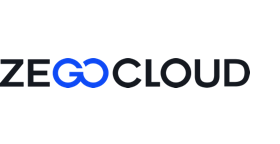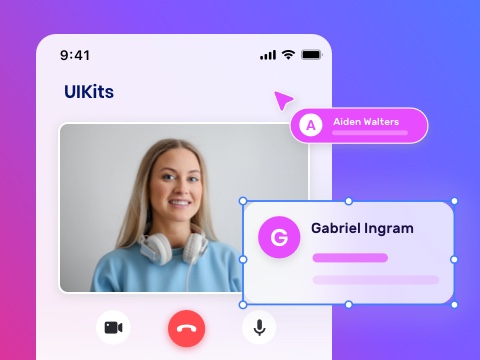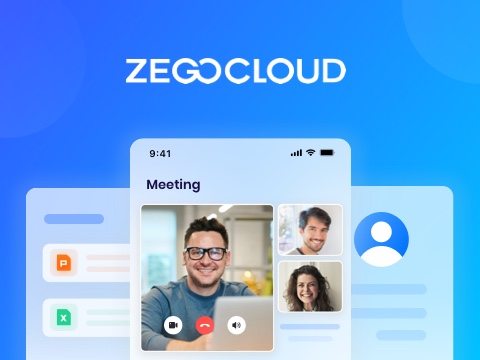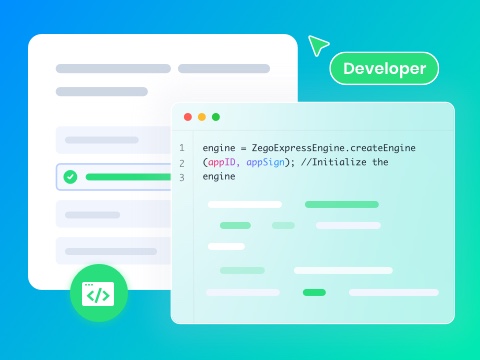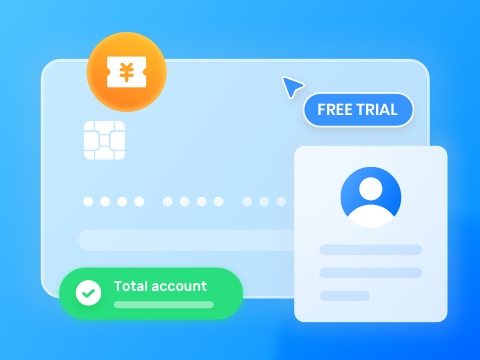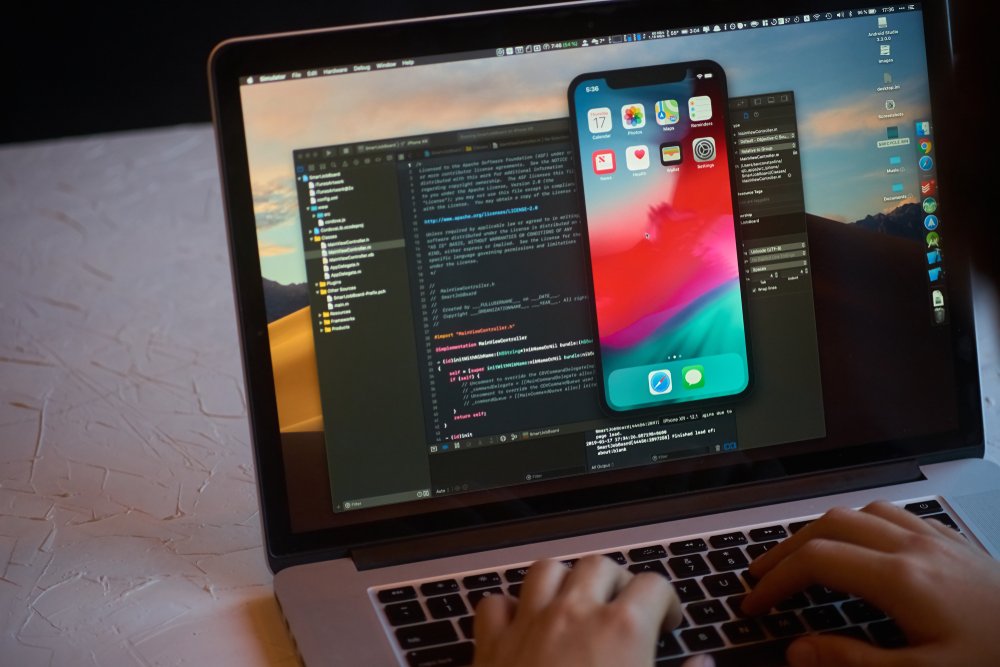With nearly 2 million apps in the App Store, iOS app development remains a vital business driven by over 1.46 billion iOS device users. Therefore, the Apple ecosystem is a thriving hub for app developers, and they are keen to explore iOS development programming languages. If you also want to discover the fundamentals of this landscape, thoroughly consult this guide about iOS programming language.
What is the iOS Programming Language?
iOS app programming languages are languages used to develop applications for Apple devices such as iPhones, iPads, and Macs. They are employed in Apple software product development, including designing, creating, deploying, and testing. Besides, they open new avenues to engage the targeted audience and enhance Apple’s app ecosystem.
Whether you wish to create a native iOS app or a cross-platform solution, you always need an excellent iOS application programming language as a developer. Although there are several options one can explore, developers often use a blend of Swift and Objective-C in one project. Anyhow, you must discover the most reliable ones in detail through the upcoming discussions.
Benefits of iOS Programming Language for Businesses
Swift and Objective-C remain the go-to languages for iOS development, offering businesses powerful advantages in performance, security, and scalability.
- Web Availability: Through such programming languages, you can branch out to web apps that will be popular companions of mobile apps in the future. Once your app is available everywhere, you will witness user retention since the need to switch across devices will be reduced.
- Project Diversity: When planning to work on other projects besides iOS app development, choose a multi-purpose programming language. Afterward, you can explore more opportunities and flourish in challenges as a developer.
- Native Functionality and Performance: If your company wants to focus solely on native iOS apps, iOS programming language Swift would be remarkable for them. It will also provide high-quality products, best performance, and easy integration of the latest technologies.
- Cross-Platform Development: To focus on Android and iOS applications, you must choose a cross-platform or hybrid app development language. By launching apps on all platforms, you can increase your product’s user base and grow your business.
Factors to Consider When Choosing an iOS Programming Language
Selecting an iOS programming language is not a decision to be taken lightly, as it could impact your goals and requirements. Therefore, this section will explore some prominent factors every developer must consider when choosing a programming language. These may include project scope, complexity, and even a language’s versatility.
1. Developer Expertise
Developer proficiency is crucial in fostering project completion and code quality improvement. That’s why, before starting with a programming language, understand the strengths and expertise of your development team. Other than the developer, you should consider the UI designer, UX designer, graphic designer, project manager, and even QA developer proficiencies.
2. Project Scope and Complexity
Your project’s scope and complexity also significantly influence the choice of an iOS development programming language. As many apps require advanced functionality and heavy data processing based on today’s tech needs, native development is considered suitable. Thus, the selection process often hinges upon the requirements of an iOS application and user experience.
3. Native vs. Cross-Platform Development
Another critical factor influencing the selection is the decision between cross-platform and native iOS development since both have unique benefits and challenges. Cross-platform development would be helpful if you need to reach a broader audience with a single codebase. Meanwhile, native iOS development is ideal for high-performance and complex applications.
4. Security and Privacy
To keep your application safe from attacks coming through the internet, you should adopt a programming language with robust security features. As the security of personal information is essential, a protected iOS application programming language will ensure the safety of your sensitive data. Additionally, you should know which problem you are addressing and resolving through your app development.
5. Community Support
Last but not least, consider the community support and resources available related to a particular programming language. Apple programming languages mainly contain a vibrant user community and an extensive range of documentation to resolve problems that developers face. In addition to that, you must look for libraries, frameworks, and communities of your chosen language to fix issues quickly.
5 Best iOS Programming Languages for App Development
Now that you know the factors to consider while choosing an appropriate iOS programming language, let’s proceed to the main section of the discussion. Here, we will investigate 5 leading iOS app programming languages with their integral features for your ease of selection.
1. Objective-C
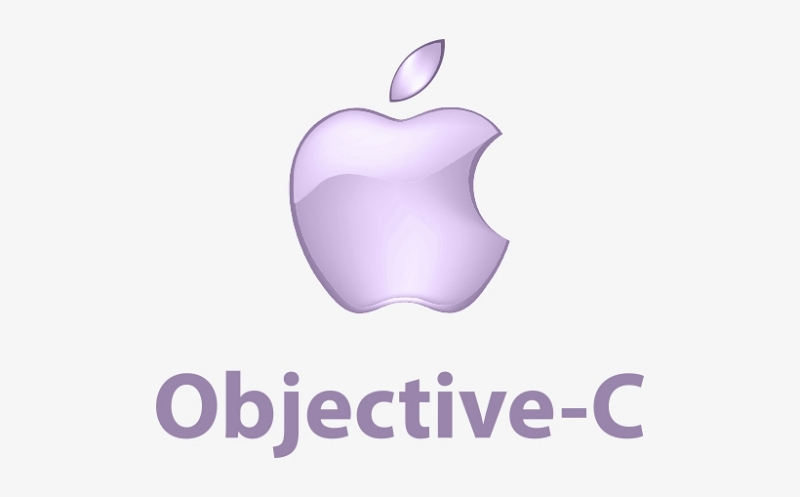
In the 1980s, the Objective-C programming language entered the technology arena, based on C and Smalltalk. Following that, Apple released the iPhone SDK 2.0 in 2008, allowing developers to create iOS applications. Initially, it was an add-on to C, but eventually, NeXT and Apple licensed it and made it an official iOS interface language.
Now, this foundational programming language is a classic choice for iOS development despite being more outdated than Swift. Moreover, it can maintain an older codebase and support legacy iOS devices, as it was designed for high device performance.
Key Features
- Through this programming language, meta-class creation becomes automatic, and code writing is easier for developers.
- It supports dynamic typing features and lets you declare a variable that holds a reference to an object.
- Moreover, it’s a simple language that is understandable due to its Smalltalk-style messaging.
- Objective-C also allows you to create classes and reuse codes to prolong the original program autonomously.
- You can manage and control the direct access to the state value of the object to enhance your project security.
2. Swift
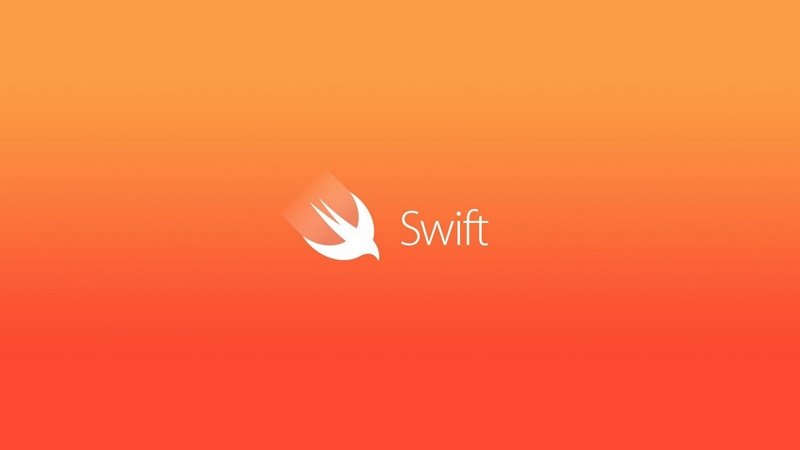
After Objective-C, Swift is a well-known iOS developer programming language with full support from Apple. According to the PYPL index, Swift has been the 9th most popular programming language in the world since its launch in 2014. It facilitates safety features such as checking arrays, integer overflows, and initializing variables.
Additionally, it ensures memory usage without garbage collection and enforces exclusive access to memory. To explore examples of Swift’s performance and stability, you must consider Airbnb, Lyft, and LinkedIn, which are large-scale commercial projects.
Key Features
- It has an advanced feature to control flow and transfer statements to handle conditions and errors.
- This iOS programming language, Swift, also has robust structures with features like extensions, protocols, and methods.
- In Swift, programmers can write flexible and reusable codes that are workable with different types of work.
- Moreover, ARC determines class interfaces that are no longer in use to eliminate them automatically.
- This language ensures type safety when you write code regularly, while others restrict this by assigning new values of another type.
3. Python
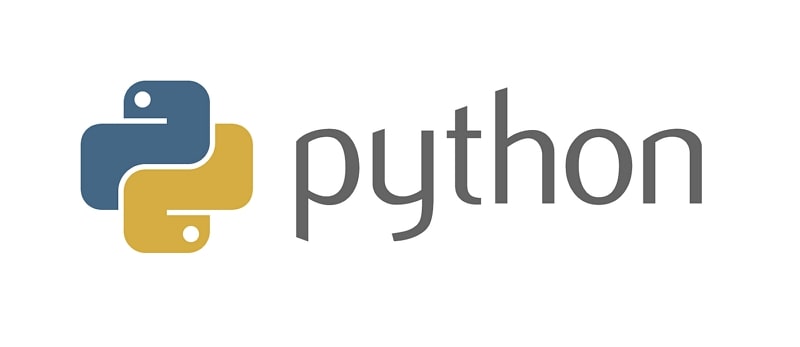
Another popular and reliable iOS app programming language is Python, which is a versatile, modern, and high-level language. It facilitates high performance of software solutions that are well-structured and include well-readable codes. Through this language, programmers can write applications since it supports diverse application development styles.
Furthermore, Python’s syntax is extremely light, allowing developers to learn it more quickly than ever. Python also supports object-oriented programming, an array of modules, libraries, and class concepts while being an open-source language.
Key Features
- First, unlike Apple devices, it’s a cross-platform language that can run on Windows and Linux.
- Python also offers an interactive shell (REPL) through which you can do quick experimentation and debugging by running code snippets for fast results.
- Since the Python codes look like simple English without semicolons and brackets, it’s easy to learn and read.
- It also has an extensive standard library for databases, image manipulation, expressions, and various other functionalities.
- This language also supports a Graphical User Interface so users can interact with software through GUI.
4. C
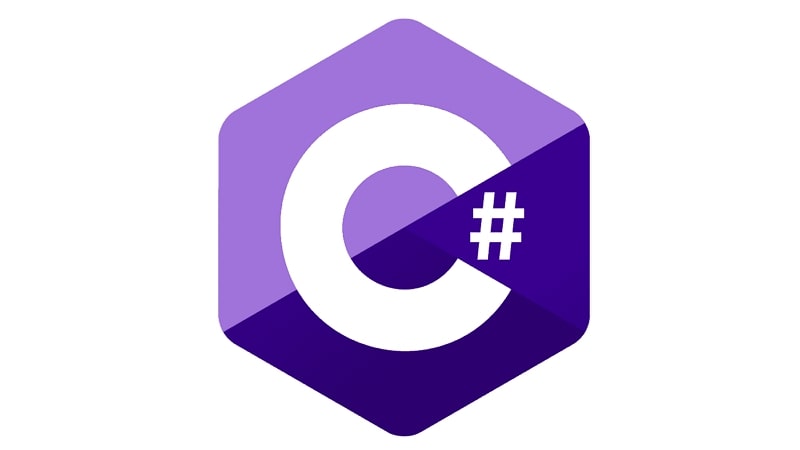
Developed by Microsoft, this iOS programming language was initially a competitor to Java programming language. It is mostly used by object-oriented and high-level developers since .NET framework and other runtime environments are tied to it. Besides, C# is C Sharp, which is as simple as C and C++ but contains additional features and different compilers.
Moreover, it uses Visual Studio IDE, which is simple to operate and comes with many libraries, fruitful for beginners in learning. Notably, it was not counted as a programming language for iOS apps until it came along with Xamarin, a hybrid app development framework.
Key Features
- While being an open-source programming language, it still provides excellent community support and a huge library.
- As C# 4.0 writes dynamic code, it defers type checking from compile time to avoid many typecasting.
- Compared with other iOS programming languages, its compilation and execution time is fast and convenient.
- C# is a structured programming language and is component-oriented while deploying a predominant software development methodology.
- In addition, it types safe codes that can only access the memory location with permission for execution.
5. Dart and Flutter
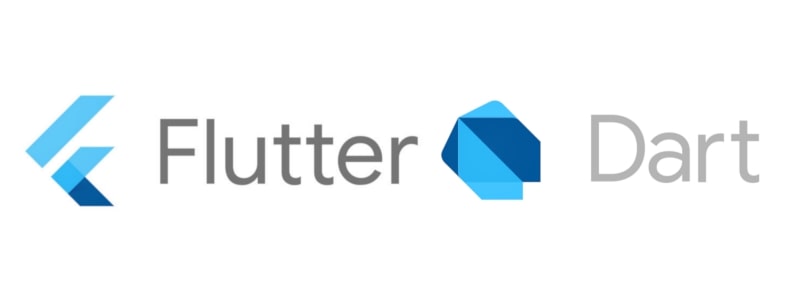
If you are looking for more reliable iOS development programming languages, you can discover the Dart programming language on Google. It offers fast operations and instant reloading to facilitate developers to view the latest changes without losing data. To develop an iOS app with a comprehensive toolkit, you must explore the flexible UI SDKs of Flutter.
Usually, Dart and Flutter are used in combination to craft cross-platform apps through a single codebase. They are utilized to build major apps like Google Play, Groupon, and eBay Motors. Moreover, Dart provides a wide collection of widgets to customize apps and allows the creation of offline apps while offering multi-platform support.
Key Features
- Here, code maintenance is far easier as it uses the same language to create apps for all platforms.
- It also creates apps faster than ever since the rendering is done on iOS and Android.
- You can try it as a language for writing scripts with automated memory management functions.
- This combination also supports C, C++, and Objective-C programming languages, which makes it a cross-platform solution.
- Through a high-performance compiler, it supports hardware acceleration and control data types with garbage collection.
Things to Consider Before You Start Working on Your iOS App
Building a successful iOS app isn’t just about coding—it starts with thoughtful planning and strategic insight. Here are key factors to keep in mind before you begin:
1. Clarify the Core Objective
Start by defining what your app is meant to achieve. Think beyond the idea itself—what user pain point are you solving? What value will your app deliver that’s different from what’s already on the market? Clear answers here will guide your entire development path.
2. Understand Your Users and the Market
Before you write a line of code, get to know who you’re building for. Research your target audience’s preferences, behaviors, and needs. Use surveys, competitor analysis, and demographic insights to validate your idea and shape your product-market fit.
3. Map Out a Realistic Development Plan
After you validate your idea, translate it into a development plan. Decide what features are essential for the first version, what tech stack you’ll use (e.g., Swift, SwiftUI), how you’ll measure success, and how you’ll ensure data privacy and app security.
4. Ensure Compatibility Across iOS Versions
Your users may not all be on the latest iOS version—so make sure your app performs well across different devices and OS levels. This reduces friction and avoids losing users due to technical gaps.
5. Assess Your Team’s Readiness
Finally, consider whether your in-house team has the right skills and capacity. If not, will you outsource or collaborate with a development partner? Having the right people in place is essential to deliver on both product quality and timeline.
Enhancing iOS App Development with ZEGOCLOUD Real-Time Communication
Most of the time, developers combine an iOS application programming language with SDKs to attain a comprehensive toolkit and speed up development time. Therefore, several APIs and SDKs exist in the digital market, such as ZEGOCLOUD, which accelerates app delivery through pre-built UIKits and empowers communication and interaction in iOS applications through fully customizable SDKs.
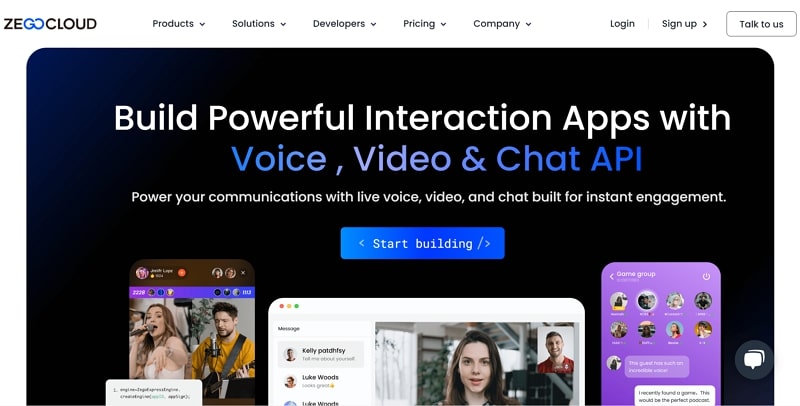
Instead of starting from scratch, developers can use its ready-to-use UI components, above 20 UIKits, and APIs for communication features. To add a crystal-clear voice calling feature to your existing app, ZEGOCLOUD voice conferencing would assist, which facilitates 300ms average global latency. Moreover, you can embed screen share, video calls, in-app chat, and live streaming APIs in your business or social apps.
Conclusion
Simply put, iOS app development generates revenue and has been the center of attention for businesses and programmers. That’s why this article has explored some leading iOS programming languages, such as Objective-C, Swift, Python, etc. Ultimately, using ZEGOCLOUD APIs and SDKs can speed up app development. Whether you need a pre-designed UI component or an API to embed communication features in apps, this platform has it all.
Read more:
iOS Programming Language FAQ
Q1: What programming language is primarily used for iOS development?
The primary programming language used for iOS development is Swift. Swift is a modern, fast, and safe programming language created by Apple specifically for iOS, macOS, watchOS, and tvOS development. Objective-C, the predecessor of Swift, is also still used in some legacy projects.
Q2: Is Swift easier to learn than Objective-C for iOS programming?
Yes, Swift is generally considered easier to learn than Objective-C. Swift has a more modern syntax, is more concise, and is designed to be safer and more efficient, making it more beginner-friendly. Objective-C, on the other hand, has a steeper learning curve due to its older syntax and complexity.
Q3: Can I use other programming languages for iOS development besides Swift and Objective-C?
While Swift and Objective-C are the primary languages for iOS development, other languages like JavaScript (with React Native), C# (with Xamarin), and Dart (with Flutter) can also be used to create iOS apps. These languages allow for cross-platform development, enabling code to be shared across iOS and Android.
Let’s Build APP Together
Start building with real-time video, voice & chat SDK for apps today!
